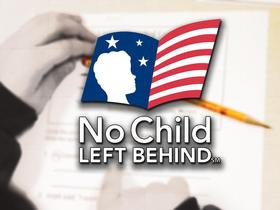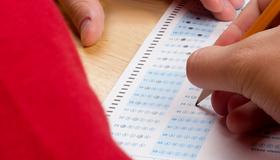The right to a free public education has been hotly contested in California public schools in recent years. The addition of multiple fees for classroom and extracurricular activities has created a serious financial quandary for many families in the state. As a result, state lawmakers have passed a new law that addresses the issues of high fees, which include guidelines on the fees that can be required and how to help low-income families participate. Unfortunately, the law so full of good intentions has created a whole new set of problems for parents, students and school staff.
The Problem with School Fees
Issues with school fees have been reported by parents and students in the California school system for some time. An investigation by the ACLU in 2010 revealed that many schools were requiring students to purchase workbooks, textbooks and other essentials in school districts across the state. Investigators also discovered that students who were unable to pay were sometimes singled out from the rest of their classmates, according to a report at the Los Angeles Times.
In some of those cases, students were told to shell out hundreds of dollars for graphing calculators, athletic uniforms – even uniforms required for physical education classes at the school. Although many of these fees had previously been ruled illegal in litigation, schools were continuing to assess them. They were presenting a particular hardship for low-income students, who either had to go without important supplies or activities or






















